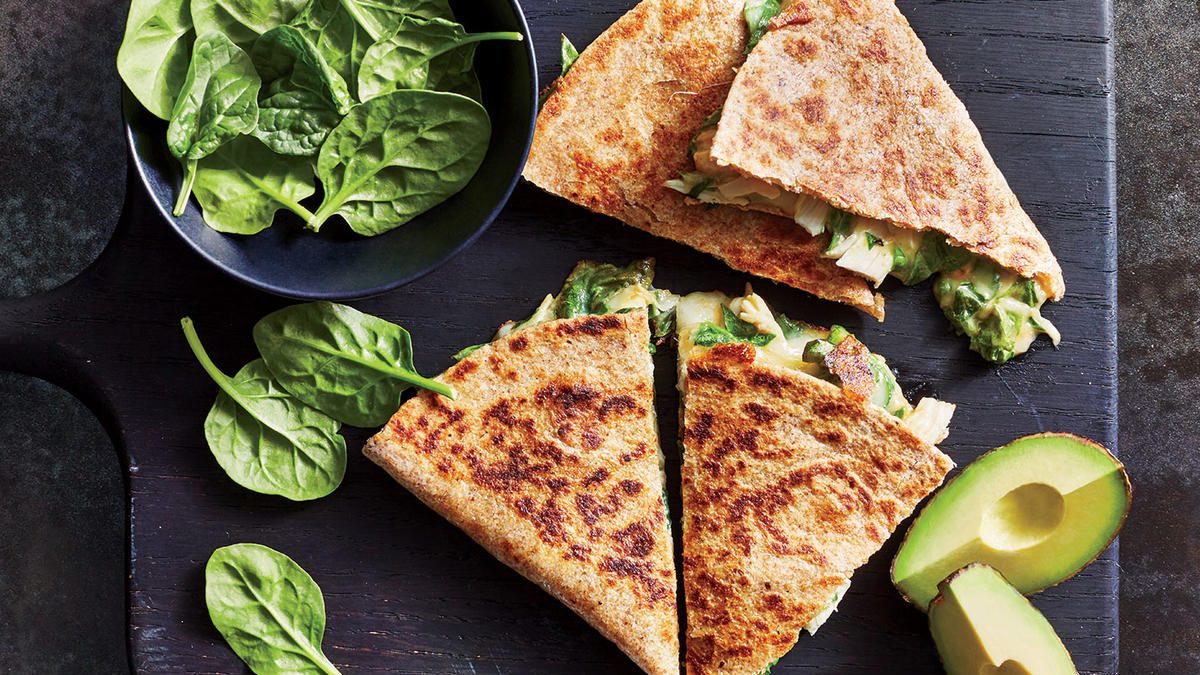Economic reform has led to an increase in the number of restaurants and a raising of professional standards, but the best new places to eat still come with a large dash of homely charm. Julia Cooke visits four of them…
The daiquiris and mojitos flow freely on the top floor of an elegant, 19th-century mansion in downtown Havana, circulating in glasses bedecked with gleaming silver polka dots or floral engravings. Embroidered white table linens flutter in a breeze that carries rich scents from the kitchen. Low conversation and staccato peals of laughter waft through a large, high-ceilinged dining room and onto a spacious terrace; outside, Persian-style rugs and enormous pink cushions invite sated diners to linger, sip an espresso, smoke a cigar and enjoy the breeze from the ocean three blocks away. Most patrons do stick around after dinner, whiling away the evening in the tropical night air.
It may sound like a scene from a movie set in the 1950s, but this is a regular Saturday night at Atelier, one of a host of restaurants that have recently opened in the Cuban capital.
The economic reforms announced over the past year have had some tasty results. Hundreds of permits have been distributed to eager proprietors of restaurants, cafés and bakeries, who have promptly raised their colourful signs around the city and opened a trove of fresh, uniquely Cuban eateries.
The trend for paladares, Cuba’s intimate, in-home restaurants, began in the late 1990s.
Their homely atmosphere and high-quality food and service – after all, motivation is greater when the restaurant is in the owner’s living room – quickly made them favourites with tourists and locals alike. But until recently, because of government restrictions, the sector had seen no growth.
Previously, only a dozen seats were allowed per restaurant, and all employees were required to be family members. Plenty of well- known paladares flouted the rules: extra chairs were squeezed into ever more professional dining rooms, and waiting staff often had only tenuous claims on family ties. Now, for the first time since the 1960s, Cubans can employ one another, creating a newly transparent culinary job market and restaurants with increasingly well-qualified staff.

Premises range from casual street-side pizzerias and backyard fish grills to chic dining rooms and rooftop bars. The best places are providing healthy competition for guidebook stars such as La Guarida, La Esperanza and La Fontana – with delicious results for visitors to a city previously as famous for its bland cooking as its stunning architecture.
Intimate touches are still in vogue at the top new restaurants.
At Atelier, the most breezily sophisticated of the bunch, the menus are handwritten each day in looping script on government-issued ration cards. The eclectic daily offerings change according to what is freshly available, but typical dishes include a falafel, feta and tomato salad, candied duck, and red snapper escabèche marinated in vinegar. The dining room is stylish and inventive: old-fashioned cabinets in a bustling bar area to the rear of the main room hold glittering glassware, and a vintage chest of drawers serves as the bar. The terrace lounge area is the first of its kind in Havana. Run by siblings Niuris, Héctor and Herdys Higuera, Atelier already feels like a well-oiled operation, with a winning combination of good food, attentive service and chic decor.
Doña Eutimia also follows the ‘paladar concept’, according to its manager, Abiel San Miguel. ‘We want it to feel like home,’ he says.
The small restaurant is tucked into a cobbled alleyway alongside the Taller Experimental de Gráfica, an artists’ print workshop in Old Havana. It is named after a local woman who used to cook for the artists working there.
Informal and quaintly crowded with antique furniture, Doña Eutimia serves home-style Cuban cuisine at affordable prices (an enormous meal for two will come to about £15) to attract a clientele not just of tourists, but also locals who may have more disposable income following the new reforms. Dishes include flavourful ropa vieja (pulled beef with sliced peppers in a tomato sauce), roast chicken, and copious piles of rice and pots of cumin-spiced beans. Doña Eutimia is a welcome addition in a touristy area with a glut of mediocre and expensive state-run restaurants.
If it were not primarily a restaurant, San Cristóbal would feel like the home of a nostalgic, slightly fussy, endearingly creative grandmother.
In its double-height rooms, the pink and yellow walls are laden with old photos and advertising posters; end tables are cluttered with porcelain puppies and sparkling crystal ashtrays; armoires are packed with vintage books; and the ceilings drip with chandeliers. A typical colonial-style house dating from 1914, it has three connected but independent dining rooms that all open onto an interior patio garden. Chef and owner Carlos Cristóbal Márquez (see page 66) serves traditional, rustic Cuban dishes modified for a foreigner’s palate (’Less cumin,’ he says), including succulent pork, rich and smooth mashed potatoes, fresh salads and the house speciality dessert, a dense pudding made with almonds and fruit.
The most professional of Havana’s new, paladar-inspired restaurants is Café Laurent. In the fifth-floor penthouse of a sea-green, mid-century-modern apartment building, the restaurant is the project of three men – the chef and two managers – who previously worked at Old Havana’s best state-run restaurant, El Templete.
The space leans toward the minimalist (an anomaly in colourful, exuberant Havana), with an enormous, awning-covered terrace providing city views framed by billowing white curtains.
The walls of the dining room are papered with advertisements from the 1950s, and there are two sleek, low-slung couches and a window-side bar for the cocktail crowd. The extensive menu falls into the trap of offering more than can reliably be found at the markets, but the fresh Caribbean white tuna – served as carpaccio or seared with a rich aubergine-and-tomato sauce – is consistently delicious.
If visitors to Havana used to complain about the dearth of quality food in the city, they may have the opposite problem these days. With the potent cocktails, flavourful dishes and atmospheric settings of these new restaurants, it has become difficult to choose between them.
Source: cntraveller.com

